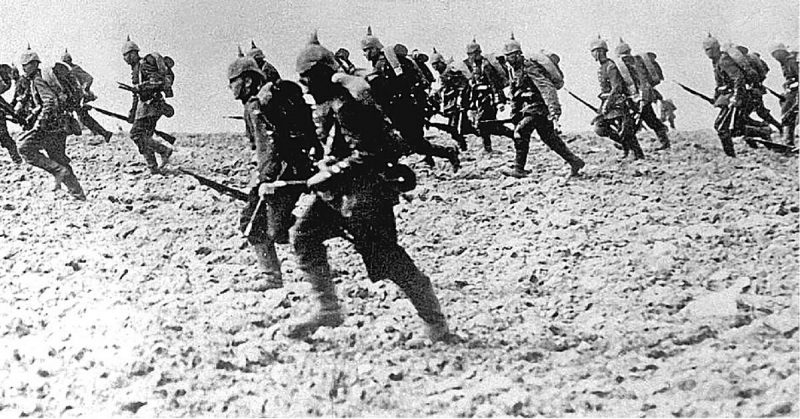Germany’s westward advance in 1914 contained some of the most dramatic and unexpected moments of the First World War. The following events occurred before the two sides settled in for four years of grueling trench warfare.
Giant Guns
Faced with solid Belgian fortifications, the Germans wheeled out the superweapons of their era.
Created by the Krupp firm, Big Bertha was a 420 mm howitzer, named after the wife of the head of the family. Early models were so large they could be moved only by rail. At the start of the war, the Krupp works rushed to make a road transported version.
Big Bertha was accompanied by the 305 mm howitzers of the Austrian Skoda company. These had to be disassembled and towed by tractor to the battlefront. They took 40 minutes to reassemble.
Together, these guns smashed the supposedly impregnable Belgian forts in mere days.
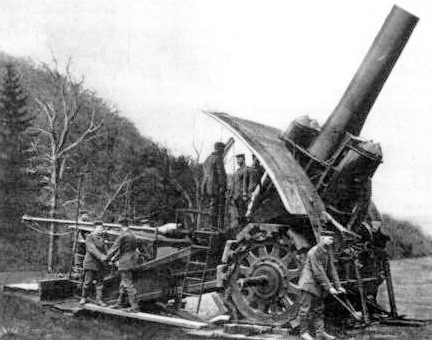
The Royal Munster Rearguard
In late August, the 2nd Battalion of the Royal Munster Fusiliers fought one of the war’s most effective rearguard actions.
They were given the task of holding their position while the rest of their Division withdrew. The Munsters held off a stronger German force, letting their comrades retreat without trouble. As they then pulled back, they drew the attention of much greater numbers of enemy troops.
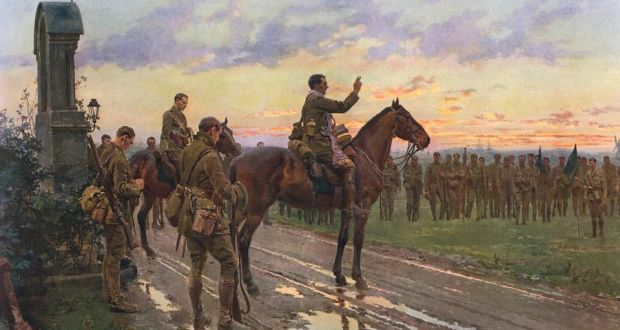
Eventually cut off at Etreux on August 27, they were surrounded by an enemy force five or six times larger than their own. There they continued to fight for several more hours, keeping the Germans occupied.
At last, with their ammunition almost exhausted and most men injured, the Royal Munsters surrendered. The German soldiers taking them prisoner congratulated them on the way they had fought.
Swinging Under Bridges
In places, the British went to extraordinary lengths to try to prevent the German advance.
At the Battle of Mons, the British conducted an intense fighting retreat. Mons included several important bridges across a canal. Determined to prevent the Germans from taking them, before they withdrew the British set explosive charges on the bridges.
Unfortunately, triggering the charges was not as easy as setting them. At one bridge, Captain Wright of the Royal Engineers swung hand over hand back and forth beneath the bridge to connect the explosives. Despite his efforts, he was unable to destroy the bridge, and the Germans captured it.
The Minister of War Goes to War
The pressure of early German attacks almost broke the British Expeditionary Force (BEF). With their troops exhausted and morale crumbling, the British were clearly in trouble. The French, worried about their allies, contacted the British Government for help.
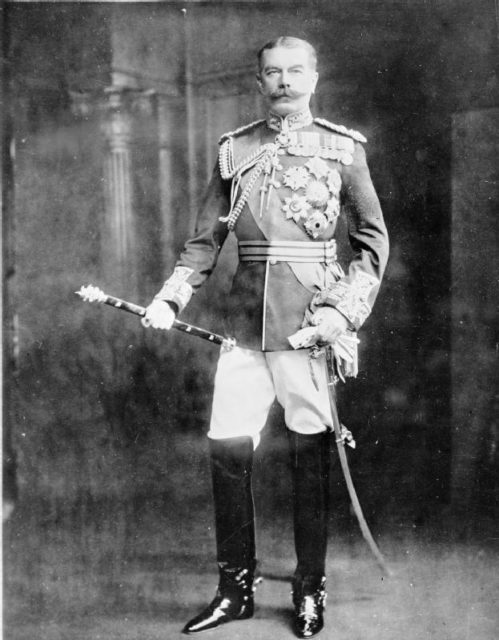
Lord Kitchener, the Minister for War, dressed in his full Field Marshal’s uniform left behind the safety of his Government office to travel to France. There he met on September 1 with Field Marshall Sir John French, the field commander of the BEF. The exhausted and demoralized Field Marshall was told in no uncertain terms British forces would continue to support their allies.
Waiting on Dinner
Sir John French may have wavered in his morale, but his attention to etiquette appears to have remained intact, even to the point of irrationality.
In mid-August, Lieutenant Edward Spears, British liaison, had the unhappy task of coordinating between the Field Marshal and the commanders of the French 5th Army. He could see the Germans pressing in and hear the accounts of both sides, but struggled to get the British commander to listen to how bad the situation was. On August 22, he was made to wait with vital intelligence about the 5th Army’s position, as Sir John was busy eating his dinner.
Caught Out Getting Coffee
Although some German troops were as exhausted as their opponents, others were over-confident. As they pushed the French, Belgians, and British back, they acted as if they had already won. At Senlis, a group of German soldiers stopped for refreshments in a café. As they were settling down, they were attacked by French rearguard troops still trying to hold the town.
When Writing Home Goes Wrong
The fate of one German cavalry officer was even more embarrassing.
Dressed up in his smart uniform, he had his chauffeur drive him into La Fère. There he went to the post office to send home the cards he had been writing.
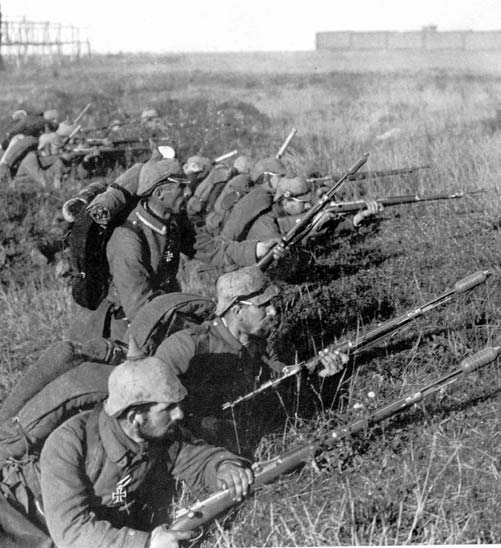
Outside, French Territorial troops stared in amazement. They were guarding the town, and here was an enemy officer walking in as if he owned the place. Unable to believe their eyes, at first they did not know how to react.
By the time the cavalryman emerged, the Territorials were ready. They took him, prisoner; not such a great moment to write home about.
Five Cooks Form the Final Line
One of the biggest clashes was at Ypres, where the Allies finally held. Even there, they came close to being pushed back again. At one point, as the British struggled to keep the cream of the German Army at bay, a vital roadside cottage was taken and occupied by five cooks of the 5th Field Company, RE. Usually occupied feeding troops rather than fighting, they formed the final line of British soldiers capable of defending Ypres. As they held on in that cottage, the British line wavered but did not break.
A Bank of Bodies
That same road outside Ypres was the scene of one of the war’s more grizzly moments. German troops, thrown back by British infantry and artillery, took cover. To their opponents, it looked as if they were hiding behind a low bank. When the smoke cleared the awful truth was revealed; the Germans had taken cover behind a pile of corpses.
Source:
Martin Marix Evans (2002), Over the Top: Great Battles of the First World War.
